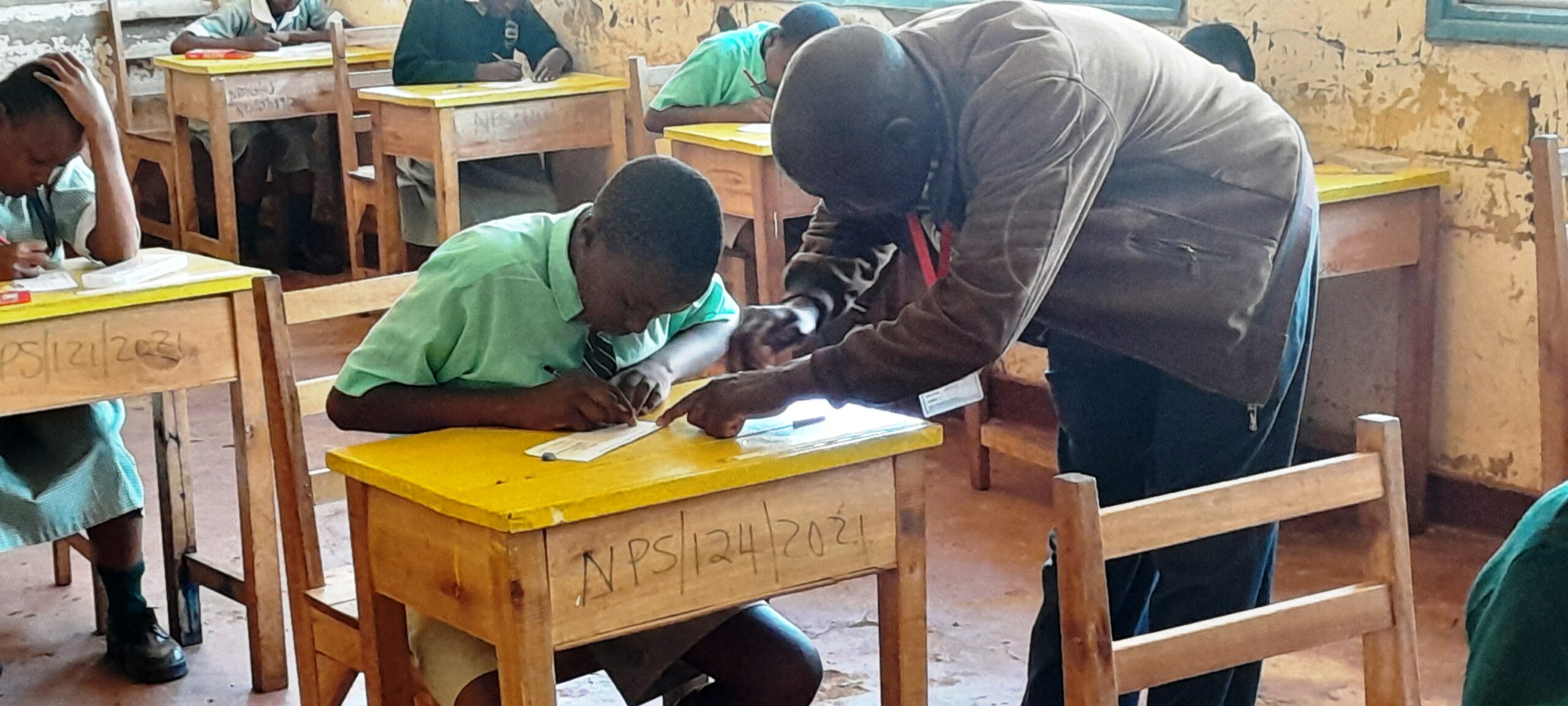The KPSEA 2023 report highlighted sharp disparities between counties, with urban areas performing better than those in the Arid and Semi-Arid Lands (ASAL).
These differences underscore the ongoing challenge of equity in the education system.
KPSEA 2023 was administered between November 28 and 30, 2023, and the results were released in January of last year.
The report was prepared by the Kenya National Examinations Council (KNEC), providing a detailed analysis of the assessment outcomes.
Data from the report show that counties such as Nairobi, Kakamega, Kilifi, Nakuru, and Bungoma had the highest registration rates and relatively stronger performance. Conversely, ASAL counties, such as Isiolo, Lamu, and Samburu, recorded the lowest numbers of candidates and weaker overall results.
The report stated, “Learners in ASAL regions battle systemic barriers to quality education, from resource shortages to teacher deployment challenges.”
Inadequate infrastructure, long travel distances to schools, and limited access to learning materials were flagged as major contributing factors.
The disparities were also evident in school type.
READ ALSO:
Open University of Kenya and Australia’s BCS partner to boost youth digital skills
“Private schools posted consistently higher results as compared to many public institutions nationwide,” the report stated.
These highlights staffing and resource advantages and resource.
The KNEC emphasised that these inequalities must be addressed urgently.
“Bridging the gap requires targeted policies and resources to ensure equity for all learners,” the report stated.
Stakeholders in education have called for county-specific interventions. Suggested measures include offering teacher incentives for deployment in marginalised areas, investing in digital resources, and expanding school feeding programs.
The disparities extend beyond academic outcomes.
Learners in ASAL counties were highly likely to fall outside the age-appropriate range for Grade Six, pointing out the challenges in school enrolment and progression.
According to researchers in education sector, such gaps undermine Kenya’s vision of universal access to education.
“When some counties consistently underperform, the national gains are diluted. We must raise the floor for all learners,” one analyst said.
The Ministry of Education has promised to scale up support for marginalised counties.
The KPSEA results will serve as an essential benchmark for targeting interventions.
Equity remains a central pillar of Kenya’s education reforms. The 2023 KPSEA results show that unless regional gaps are narrowed, progress in CBC may remain uneven.
By Joseph Mambili
You can also follow our social media pages on Twitter: Education News KE and Facebook: Education News Newspaper for timely updates.
>>> Click here to stay up-to-date with trending regional stories
>>> Click here to read more informed opinions on the country’s education landscape
>>> Click here to stay ahead with the latest national news.






